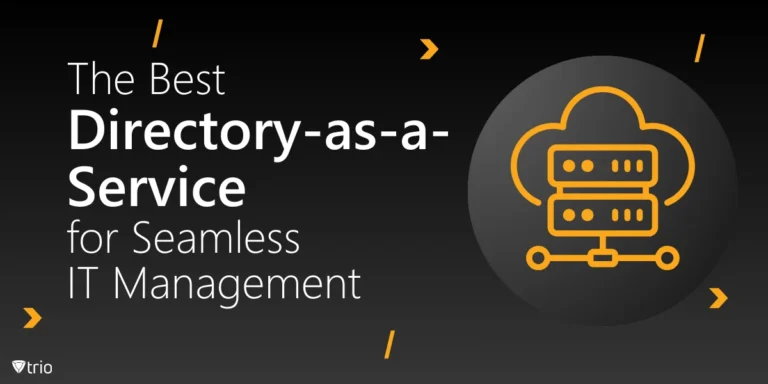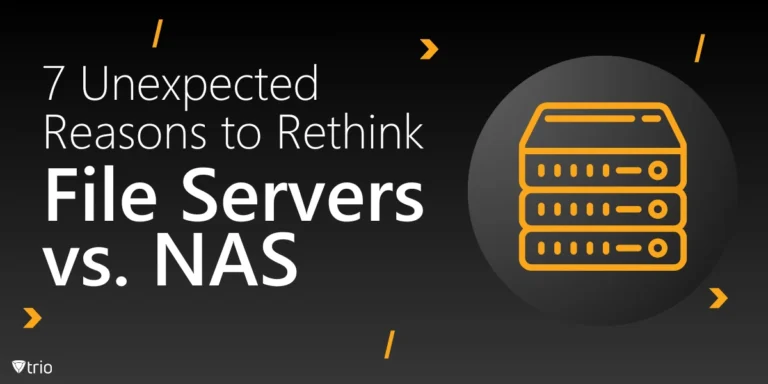Network segmentation is a fundamental practice in modern networking, involving the division of a computer network into smaller, more manageable segments. This segmentation serves various purposes, including enhancing security, optimizing performance, and simplifying network management. In this article, we will explore some network segmentation best practices that organizations can use to enhance their security posture.
What Is Network Segmentation?
Network segmentation is the practice of dividing a computer network into smaller, more manageable parts called segments or subnetworks. This is typically done to improve the security, performance, and manageability of the network. Network segmentation can be seen as one of the many strategies that affect server management at organizations as well. There are several reasons why organizations segment a network:
- Security: By dividing the network into segments, organizations can enforce stricter access controls between segments. A segmented network contains breaches and limits the spread of malware or unauthorized access. In fact, network segmentation is seen as a practical advance to withstand information security deficiencies. LDAP (Lightweight Directory Access Protocol) can be used with network segmentation to authenticate and authorize users across different network segments, ensuring that access privileges are enforced consistently.
- Compliance: Many regulatory standards and industry best practices require organizations to implement network segmentation to protect sensitive data and comply with privacy regulations.
- Performance: Segmenting a network can improve performance by reducing network congestion and optimizing traffic flow. This is particularly important in large networks with high volumes of data transfer.
- Isolation: Critical systems or sensitive data can be isolated within their own network segments, providing an additional layer of protection against unauthorized access or attacks.
- Manageability: Segmenting a network can make it easier to manage and troubleshoot network issues by breaking it down into smaller, more manageable components.

How to Implement Network Segmentation
There are different network segmentation designs that ensure network segmentation security, including physical segmentation (using separate physical network devices) and logical segmentation (using virtual LANs or VLANs).
-
Physical Segmentation
In physical segmentation, separate physical network devices such as routers, switches, or firewalls are used to create distinct network segments. Each segment has its own physical infrastructure, including cables and network equipment.
Physical segmentation provides strong isolation between network segments since they are physically separate. This isolation can enhance security by minimizing the risk of unauthorized access or data breaches spreading across segments.
Because each segment has its own dedicated physical resources, such as bandwidth and processing power, physical segmentation can offer better performance and reliability compared to logical segmentation in some cases.
Physical segmentation can be more complex and expensive to implement and maintain, as it requires additional hardware and cabling. Scaling and modifying physical segmentation can also be more challenging.
-
Logical Segmentation
Logical segmentation is typically implemented using VLANs, which are virtual LANs created within a single physical network infrastructure. VLANs allow network administrators to logically group devices into separate broadcast domains regardless of their physical location.
Logical segmentation offers greater flexibility compared to physical segmentation, as network administrators can create, modify, and remove VLANs more easily without the need for additional physical hardware. VLANs can be implemented using existing network infrastructure, reducing the need for additional hardware purchases. This makes logical segmentation a more cost-effective solution in many cases.
While logical segmentation provides isolation between VLANs, it may not offer the same level of security as physical segmentation, as VLANs share the same physical network infrastructure. Proper configuration and security measures are necessary to prevent unauthorized access between VLANs.
Logical segmentation can be more scalable than physical segmentation, as adding new VLANs or modifying existing ones can be done more easily and without significant changes to the physical network infrastructure.
12 Best Practices for Network Segmentation
Implementing network segmentation involves several best practices to ensure effectiveness and security. Here are some key practices to consider:
- Understand Your Network: Before implementing segmentation, thoroughly understand your network architecture, including devices, applications, and data flows. Identify critical assets and sensitive data that need protection.
- Define Segmentation Goals: Clearly define your segmentation goals, whether it’s improving security, compliance, performance, or manageability. Tailor your segmentation strategy to align with these goals.
- Create a Segmentation Plan: Develop a comprehensive segmentation plan that outlines the scope, segmentation boundaries, segmentation methods (physical or logical), and policies for access control, communication between segments, and monitoring.
- Use Defense-in-Depth: Implement a layered security approach by combining segmentation with other security measures such as firewalls, intrusion detection/prevention systems, access control lists, and encryption to provide multiple barriers against threats.
- Least Privilege Access: Apply the principle of least privilege by granting users and devices only the minimum level of access they need to perform their tasks. Limit access between network segments to reduce the attack surface.
- Segmentation Based on Risk: Prioritize segmentation based on risk assessment. Segments containing sensitive data or critical assets should have stricter access controls and be isolated from less critical areas of the network.
- Implement Network Access Controls: Use access control mechanisms such as VLANs, subnetting, access control lists (ACLs), virtual private networks (VPNs), and identity-based access controls to enforce policies and restrict unauthorized access between segments.
- Monitor and Audit Segmentation: Implement continuous monitoring and auditing of network traffic, access logs, and security events to detect anomalies, unauthorized access attempts, or policy violations. Regularly review and update segmentation policies as needed.
- Segmentation for Compliance: Ensure that network segmentation aligns with regulatory requirements and industry standards such as PCI DSS, HIPAA, GDPR, and NIST guidelines. Segmentation can help organizations achieve compliance by protecting sensitive data and limiting exposure to threats.
- Regular Testing and Validation: Test and validate your segmentation implementation regularly to ensure that it functions as intended. Conduct penetration testing, vulnerability assessments, and network segmentation tests to identify weaknesses and address them promptly.
- Educate Employees: Educate employees about the importance of network segmentation, security policies, and best practices. Train staff on how to recognize and report security threats, such as phishing attacks or suspicious network activity.
- Stay Updated: Keep abreast of emerging threats, vulnerabilities, and best practices related to network segmentation and adjust your strategy accordingly. Patch and update network devices and security controls regularly to mitigate known vulnerabilities.
Conclusion
In conclusion, network segmentation emerges as a pragmatic strategy for network management and security. By partitioning networks into smaller segments, organizations enhance access control, optimize performance, and reduce potential risks. Adhering to best practices in segmentation implementation ensures network resilience and adaptability in response to evolving threats. Moreover, proficient Windows Server user management is integral in upholding network security by regulating user access rights, permissions, and privileges across diverse network segments.
Investing in network segmentation is just the first step toward ensuring a robust and secure network infrastructure. To effectively manage and secure your organization’s mobile devices within these segmented networks, consider implementing a Mobile Device Management (MDM) solution like Trio. With Trio, you can streamline device management, enforce security policies, and protect sensitive data on mobile devices. Take the next step towards bolstering your network security by exploring Trio’s free demo today!








